Canon 50mm f1.2 LTM Lens Review
Welcome back to the Canon LTM series! I already reviewed the Canon 50mm f1.8 lens. If f1.8 is not cool enough for you then this might be more suited to your desires. We're looking at Canon 50mm f1.2 LTM. It's not the mythical f0.95 but it's the next best thing. Or even the best thing since the f0.95 version isn't an LTM lens ( although it can be used on the Canon Model 7 which is an LTM camera ). This f1.2 is a pure and true LTM lens so you can mount it on hundreds and thousands of cameras - Canon or otherwise.

Here is Canon 50mm f1.2 staring into your soul.
Ignore the slight marks on the front element. I used this lens in the rain and had to remove some water in a rather cruel way. And I didn't clean it afterwards. Front element can handle much worse. Much, much worse.
About The Lens & Some History
The lens was unveiled in 1956. It was the fastest ( or how we judge these days - lens with most bokeh ) lens available at the time. At least on the mass market.
There are two versions of this lens. Optics between them are identical and there are only slight visual changes. There's no point to worry about which one to get for photo taking reasons. I have the second version which was produced between 1961 and 1967. If anything I would've liked the first version because it came with chrome lens caps ( both front and rear ). Second version comes with plastic ones. Metal beats plastic in the material game of Top Trumps.
There were also two color versions:
- black and satin
- pure black
The "pure black" version is quite rare. It was produced for people with pure black Canon rangefinder cameras. Those are also rare so these lenses are presumably even rarer. I have the "black and satin" version as I'm not an oligarch.
In the used market ( there is no "new" market for this lens - unless you have a time machine ) this lens is quite cheap. Or should I say - quite cheap for a 50mm f1.2 lens. You can get one for between $300-600 depending on the condition. A common issue ( as it is with many Canon LTM lenses ) is haze between internal elements. I was lucky to get a version that had recently started hazing up so I was able to clean it with relative ease. If hazed for too long the haze can etch the glass at which point it will be hazed forever.
It's quite difficult to find this lens in Europe. Most of them are in Japan - as it's the land of analog cameras. I did get mine from the EU but it took a while for one to appear in the EU ( for an affordable price ).
Using The Lens
The lens is quite short and fat. When you pick it up - you feel that you have picked something up. It's not a light lens. f1.2 requires a good amount of glass and a good amount of glass is not light.
Aperture on my lens is clickless. I say "my lens" because I've read that it should actually have clicks. Mine definitely doesn't. It rotates smoothly and with a nice resistance that feels intentional and not broken. It's possible that the previous owner ( / owners ) have made it clickless. Or another theory of mine is that the lens used its free will to change its aperture state. In any case - I highly prefer clicked aperture so clickless is a negative in my book.
Focus ring is big and easy to grip. Feel is smooth but it's not the easiest to turn. I would prefer an easier to move focus ring. Slower focus ring can improve accuracy as it's easier to make slight adjustments but it's not essential. 7Artisans 50mm f1.1 has an easy to turn focus ring and I have no trouble with accuracy there. Focus throw is almost 180 degrees. Combine that with a lens with quite a large diameter + dampened focus ring and you get a lens that's slow to focus. Definitely not a lens you would want to use for street photography. Not that you need f1.2 there anyway. I have been taking photos of my children with it and it's not too terrible but it's definitely easier with the f1.8.

All required controls.
Aperture settings are pretty evenly spaced with the exception of f1.2 and f1.4. But they make sense to live together as they are very similar.
Focus ring has been shaped in a way to help grip. It's definitely grippy. As it should be because it's not the easiest ring to turn.
There's hyperfocal distance markings as well although I've never used it for this lens and you probably won't as well.
Infinity lock is not pictured as it doesn't deserve to exist.
There's also an infinity lock. It means that once you reach infinity the focus ring locks and you have to release a lever to focus again. This feature is so useful that I have foil stuck under the lever which means that it will never lock. That should tell you how I feel about the locking feature usefulness.
Lens is built to last. It's around 60 years old but there's no loose movement or rattling. Everything feels smooth and fresh. The dampened focus action might be caused by old and sticky lubricant. I will attempt to clean it and use a lighter lubricant to make the focus action easier.
The Lens Rendering
I've had this lens for a while. It would mean that I have shot quite a lot of photos with it, right? Nah. I didn't like the lens at the beginning. In fact I was very close to selling it after only shooting a few rolls with it. Then I shot it on digital. And then I went back to look at initial results and actually didn't dislike them as much. Weird.
I bought this lens to shoot on Canon P. I shot a roll and didn't like the results much. I shot more rolls ( both b&w and color ). I used Canon P and Canon Model 7. And still didn't like the results much. It then got shelved and in quite a few occasions it was about to go on Ebay.

Canon 50mm f1.2 LTM on Canon P. The lens looks like it's sucking in all the possible light in the world. Is this how black holes are made?
At some point I tried the lens on Leica M9 ( which is digital ). I only shot a few photos to see how it would look. And I liked what I saw. Sadly the M9 died soon after so I didn't get to shoot much at all on it. The lens got shelved again. I only used it here and there on film but didn't particularly like the results again.
When I got another M9 I was eager to try this lens again. And I'm glad I didn't sell it because I like it quite a lot now. When I went back to see the results on film a weird thing happened. I like more pictures than before. I don't know what switch flipped in my brain but flip it did.
Sharpness & Detail
It's a weird one. In retrospect I my Canon rangefinders may not couple well with this particular lens. The faults that made me dislike the lens appear to be caused by missed focus. At least that's how it looks to me. I also don't love "glowing" lenses on film ( and f1.2 is a "glower" ). But I do like them on digital. Go figure.
When I'm writing about the detail I'm focussing on apertures between f1.2 and ~f2.8. Shoot it at f4 and all is good every day. On film. On digital. But if you shoot it primarily at f4 and smaller then use a different lens.
This lens is actually surprisingly sharp wide open. With the caveat that you get the focus where you want it. If it's missed, if only by little, the results can look terrible. Especially on film, which surprises me. Film is a good masker of small focussing errors. Not here. Missed focus will result in the picture glowing harder than the radioactive waste monster that's rising from Chernobyl plant.
When you get the focus right the glow is still there. Especially at f1.2. But it's pleasant instead of burning your irises out. The corners are not sharp and are quite smudged but that is expected and even welcome. Helps to draw the subject in. Unless your subject happens to be in a very corner. In which case reconsider your framing.
At f2 things are more detailed and it's a good "default" aperture to use. Unless you want crazy glow or completely mutilated corners. It won't be sharp throughout the whole frame but you don't need that at f2.
To me it seems like the lens resolves plenty of detail. That being said - Canon f1.8 resolves a tiny bit more. Without post processing f1.8 images look less detailed because of the lower contrast. Once the look is matched - f1.8 images resolve more. At least for my copies of the lenses.
The detail is good. Even very good when shooting wide open ( in relative terms - it obviously resolves the least detail wide open ). It's great for the type of photography that one will tend to shoot with this lens. People will look more "smooth" and "glowy" than usual which is a nicer look. Who doesn't want to be a radioactive waste monster at the end of the day...
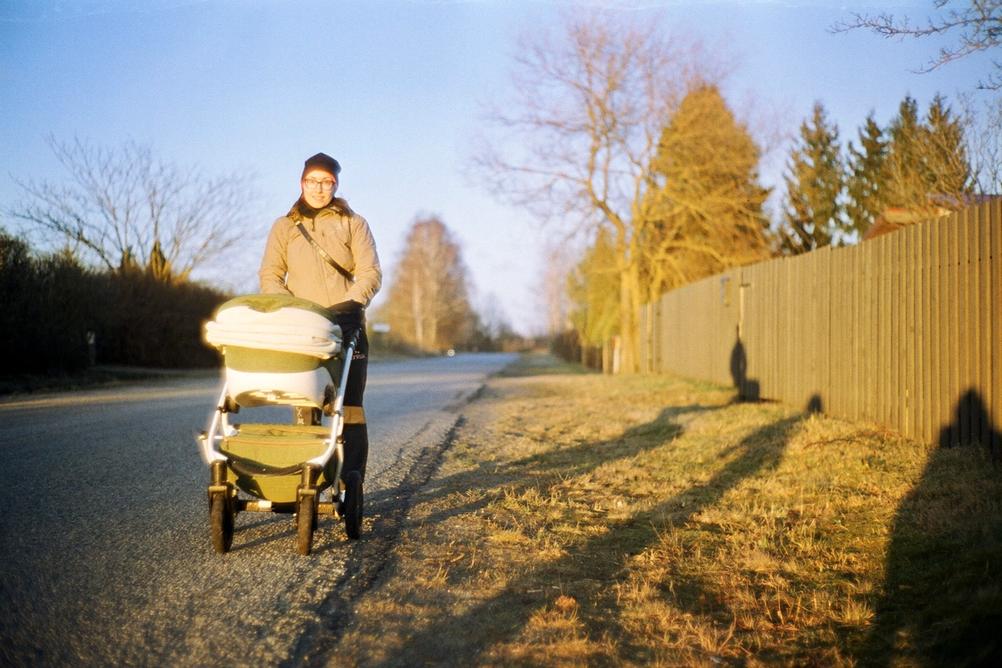
- Camera
- Canon Model 7
- Lens
- Canon LTM 50mm f1.2
- Film
- Kodak Vision3 50D EI50
- Development
- Compard Digibase Ready To Use Kit
- Scanner
- Reflecta ProScan 10T
Why is there a huge lightbulb coming towards me? No...no it's just my wife.
I'm sure that the glow is enhanced by several factors. Subject is not centred. Focus might be slightly off / is too shallow to swallow the whole human. Strong light hitting my wife.
It's not a good photo but the glow made it worse. The first time I saw this I thought that the lens is haunted.
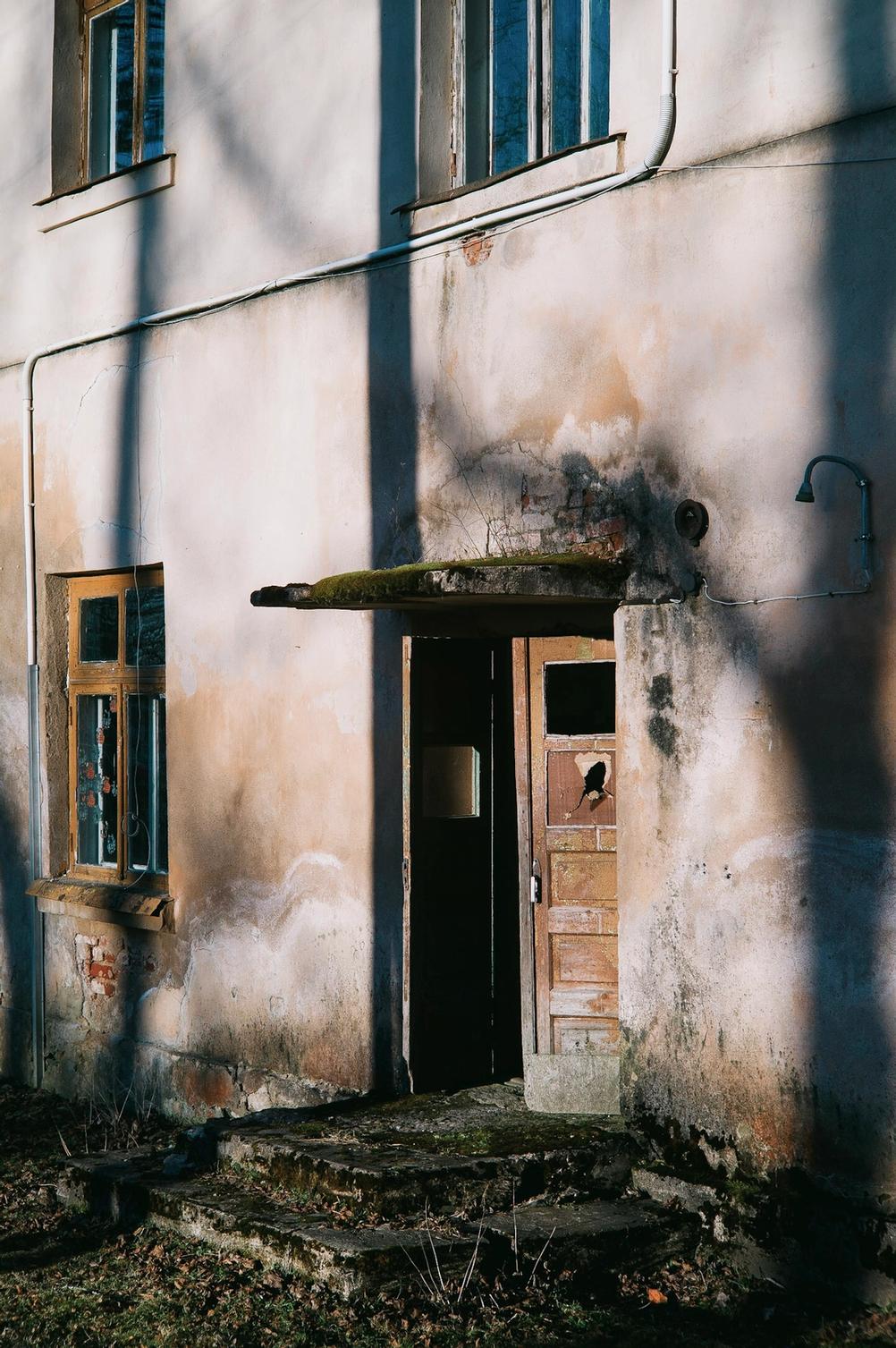
- Camera
- Leica M9
- Lens
- Canon LTM 50mm f1.2
An example that doesn't glow. It only provides great detail and pop. It's here to stop you worrying that this lens can only provide lightbulbs.

- Camera
- Canon Model 7
- Lens
- Canon LTM 50mm f1.2
- Film
- Kodak T-MAX 400 EI800
- Development
- Kodak HC-110; Dilution B; 7:00min
- Scanner
- Reflecta ProScan 10T
It's a weird picture but it shows the full on detail factory that the lens can deliver - even on film.
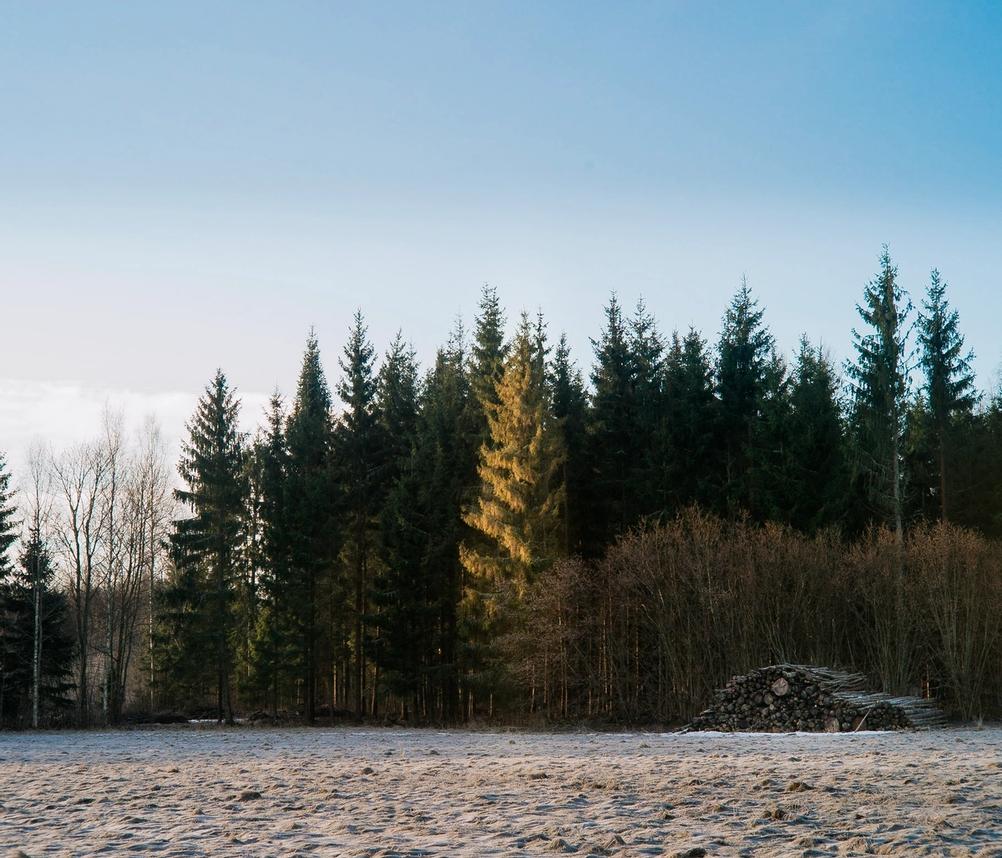
- Camera
- Leica M9
- Lens
- Canon LTM 50mm f1.2
I like many things about this photo but it could've been more detailed. Maybe I'm wrong...
Contrast
Contrast is very good considering the age of this lens. I even think that this lens is more contrasty wide open than my f1.8 but the haze likely plays a part there ( my f1.8 is hazed where as f1.2 is clean as a whistle ).
It doesn't have the "full modern" contrast that you might expect from modern lenses but on digital cameras it looks plenty modern.
I didn't get this impression when I was shooting only on film. But I blame the missed focus again. Everything was "oh so glowy" that it looked like it lacked contrast. Revisiting the pictures made me realise that the contrast was always there. It seems stronger on digital than on film but it's plentiful on both.

- Camera
- Leica M9
- Lens
- Canon LTM 50mm f1.2
If there's glow then it's very soothing. Contrast is strong. What else could you want.
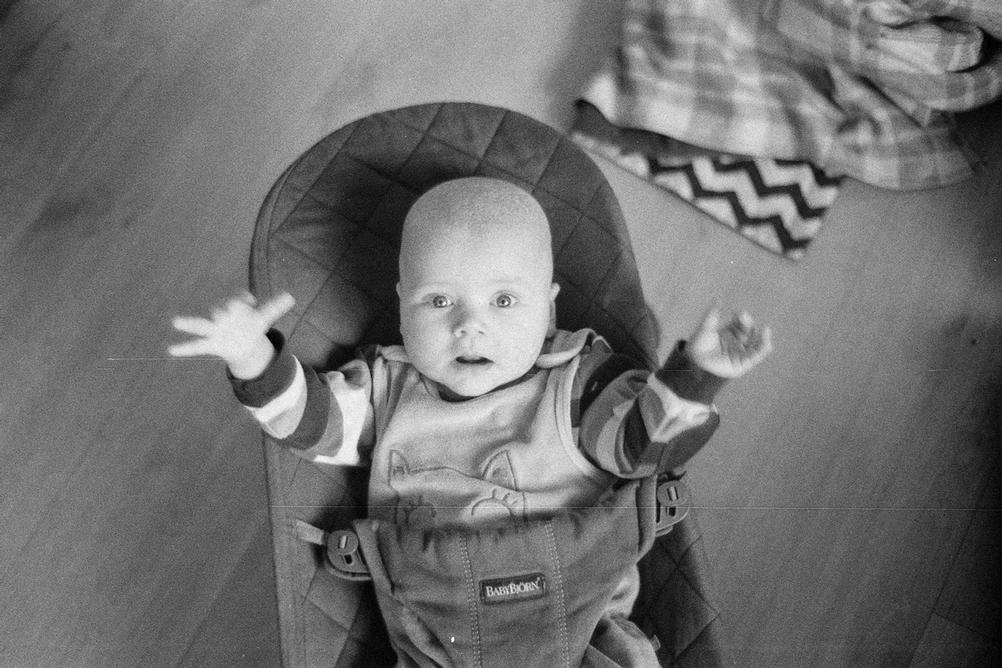
- Camera
- Canon P
- Lens
- Canon LTM 50mm f1.2
- Film
- Ilford HP5+ EI200
- Development
- Ilford LC29; Dilution 1:9
- Scanner
- Reflecta ProScan 10T
Plenty of contrast on film as well. If I may go back to glow again briefly...it looks good here. Because it doesn't transform people into lightbulbs.
Colors
Quite saturated and poppy. For a 60 year old lens. On digital it has that "modern" look again. On film it will depend on the film stock and the star alignment but it's still plenty strong.
Balance feels natural if only ever so slightly on the warmer side. But only very little.
When compared with the f1.8 - the f1.2 definitely has more saturated colors and so the pictures will stand out more.
The point of getting the focus right still stands. The glow will blow ( name of my next photo book ) the colors away. Or it will seem that way at least.

- Camera
- Leica M9
- Lens
- Canon LTM 50mm f1.2
On digital the lens provides good starting base colors to do some post processing on.

- Camera
- Leica M9
- Lens
- Canon LTM 50mm f1.2
Weird photo but good color pop. Thanks to the sun.
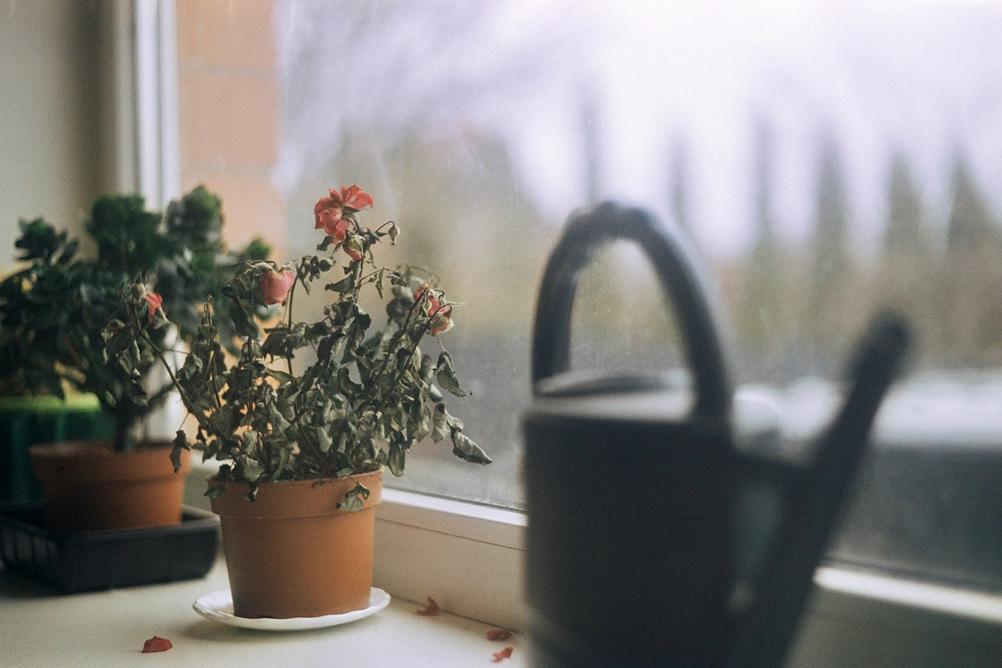
- Camera
- Canon Model 7
- Lens
- Canon LTM 50mm f1.2
- Film
- Kodak Vision3 50D EI50
- Development
- Compard Digibase Ready To Use Kit
- Scanner
- Reflecta ProScan 10T
On film the colors are a bit more muted but it's more to do with film stock than the lens. They are still very pleasing.
Subject Separation & Bokeh
One doesn't buy a f1.2 lens and not care about how the bokeh will look.
With 50mm and f1.2 you can separate your subject well. As long as you get the focus where it should be. It can look jarrying if it's missed and it's easy to miss focus as depth of field is tiny.
Is there a 3D pop - the mythical beast that is bested only by bokeh? A slight pop can be seen but it's quite subtle. Subjects tend to pop the most between f1.4 and f2.8. It's definitely not to the caliber of medium format pop or even Zeiss 35mm format pop, but pop is still pop.
Now that we know that we can separate the subject. What about the out of focus bits - the most important thing in the photo?
The other "fast" lens I have is the 7Artisans 50mm f1.1 and the bokeh on Canon f1.2 is more pleasing when wide open. 7Artisans is very chaotic although it does clean up at f1.4. Canon can get chaotic at f1.2 but much less so. Stop it down more and chaos is tamed. Bokeh becomes smoother but I wouldn't call it the smoothest bokeh the world has ever seen. At times it can still appear busy but for the most part it's pleasing and not in your face. It doesn't have a weird quirk like swirl or "painter strokes" bokeh. I would classify it as regular bokeh on the harsher side at some points.
Bokeh is better on black and white ( as it always is ) because in color it can have some fringing that can be distracting.

- Camera
- Canon Model 7
- Lens
- Canon LTM 50mm f1.2
- Film
- Kodak T-MAX 400 EI800
- Development
- Kodak HC-110; Dilution B; 7:00min
- Scanner
- Reflecta ProScan 10T
Focus is not exactly where it should be but glow was sleeping this day.
It's a good example that shows how the background slowly melts away into a very pleasant mass. On black and white I have absolutely no complaints about bokeh. It's great!
Also you need to get the young hooked on film cameras early!
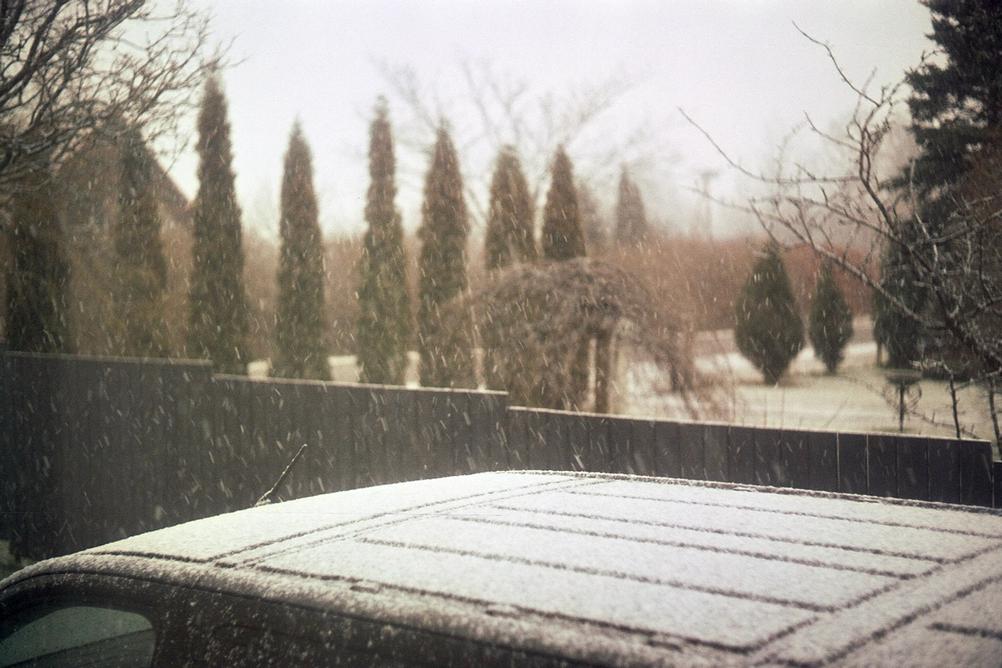
- Camera
- Canon Model 7
- Lens
- Canon LTM 50mm f1.2
- Film
- Kodak Vision3 50D EI50
- Development
- Compard Digibase Ready To Use Kit
- Scanner
- Reflecta ProScan 10T
Not the best photo but it shows how on color film the bokeh can give the shot a cinematic feel. At least to me. The cinematic film stock likely helps as well.

- Camera
- Leica M9
- Lens
- Canon LTM 50mm f1.2
Here the bokeh is a bit too distracting for me. It also has slight color shifts around high contrast areas.
Final Thoughts
The Canon 50mm f1.2 is a good lens. A really good lens at times. But even with my newfound love for the results that it produces - there's still a thought in my mind that I should sell it. And it pains me because this lens punches way above its price and is very interesting. It's just in a weird niche for me where I don't always find a use for it.

Put Canon 50mm f1.2 LTM on Canon P and you get one most beautiful combinations that ever existed.
Canon P must be one of the best looking 35mm cameras. 50mm f1.2 alone isn't that beautiful but when on Canon P it creates a visually beautiful masterpiece.
Does the lens look a bit too big for the camera? Maybe. But more than that it just makes it amazing to look at. I shouldn't sell the lens. Instead I should use this combo a a statue in my house.
Canon 50mm f1.8 is a lens that I pick more often as it's a lot smaller and lighter. It's also better for quick focussing. And for the majority of shots that I do - I prefer the rendering of the 50mm f1.8. It has a weird color reproduction and character that the f1.2 doesn't have.
Canon 50mm f1.2 has an almost modern rendering. If it wasn't for the crazy glow that happens when wide open or close to it - it would be easy to mistake it for a lens released quite recently. Sure it's not as contrasty. And sure it doesn't have the saturation slider at 100%. But that's a positive as you don't want sliders at 100%.
Alternative I have for this lens is the 7Artisans 50mm f1.1. Whilst I prefer the Canon wide open...at f1.4 I lean more towards 7Artisans. Then at f2 - ~f4 I prefer Canon again. And after f4 it doesn't matter. So they are close with each having certain benefits. 7Artisans is easier to use for me because of the lighter to turn focus ring. Which means that I am more likely to pick 7Artisans when it comes between these two.
So it's in this difficult spot where it's a good lens but there are other lenses that I am more likely to pick over it.
What I am planning to do is shoot it more on film. It could shine on black and white. The way how it didn't shine when I shot it there when I got the lens.
Where I like shooting this lens the most is indoors when there's not loads of light around. And it's also quite good for landscapes because of the punchier look. Although it's a weird lens to use for landscapes.
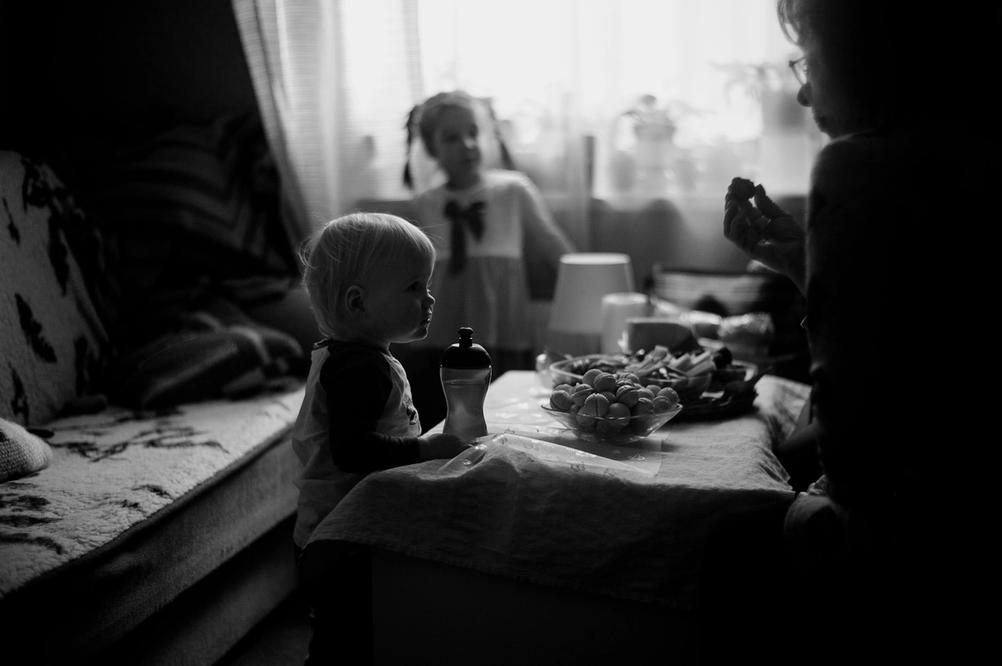
- Camera
- Leica M9
- Lens
- Canon LTM 50mm f1.2
This lens really works indoors where there isn't a lot of light. The higher contrast makes dark scenes more impactful.
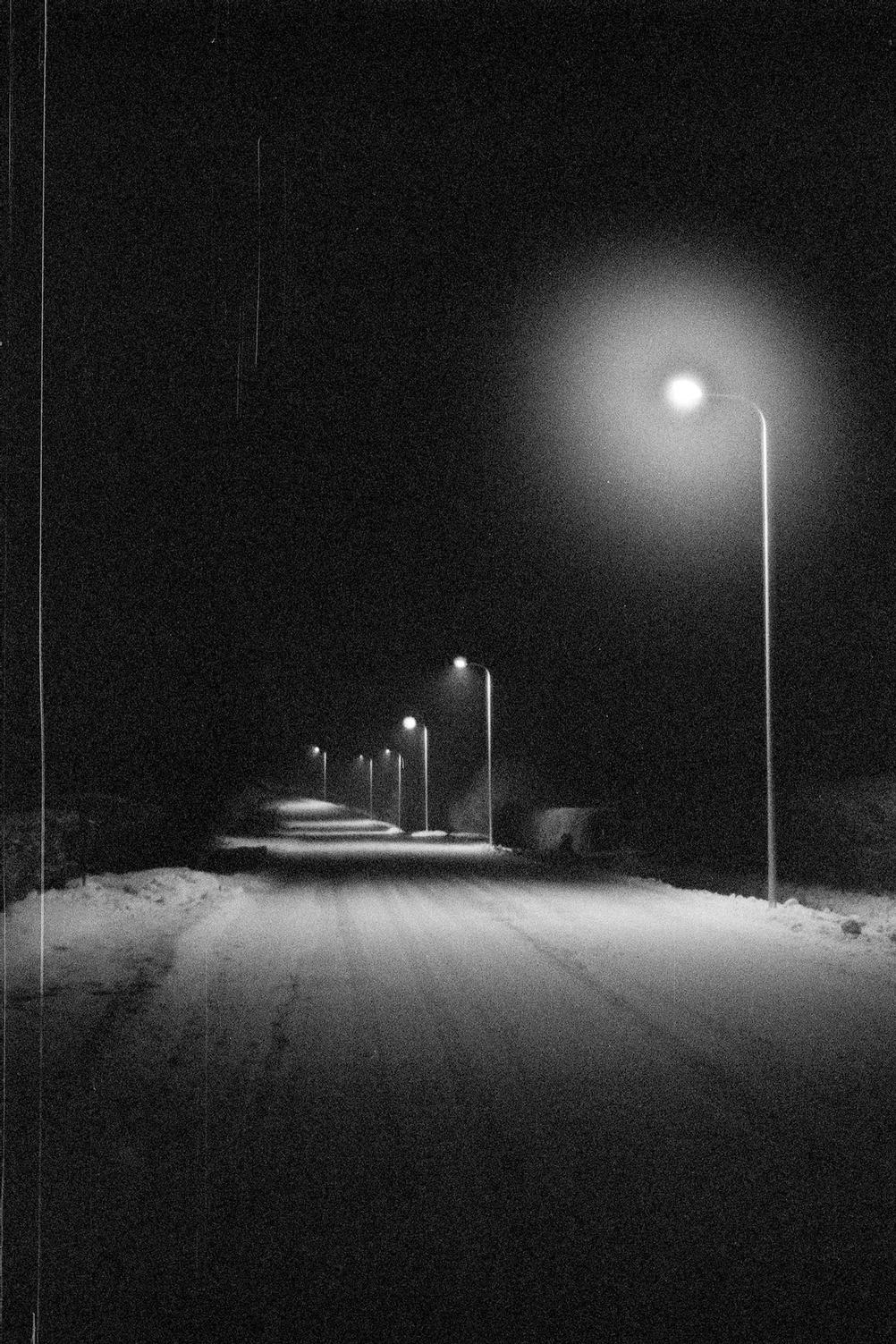
- Camera
- Canon P
- Lens
- Canon LTM 50mm f1.2
- Film
- Kodak T-MAX 400 EI1600
- Development
- Kodak HC-110; Dilution B; 7:30min
- Scanner
- Reflecta ProScan 10T
I also tried shooting completely in the night. The results are...usable. I wish to shoot some night city photos some day.
Even if I'm conflicted - you don't have to be. If you have an opportunity to get this lens - get it. It's an amazing option to use on an LTM camera. Like a Canon P. Be sure to nail that focus though!
